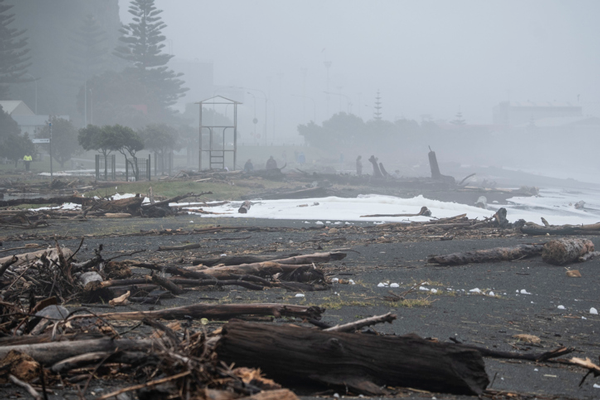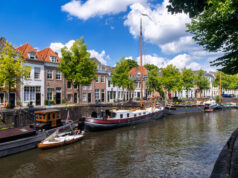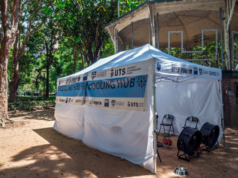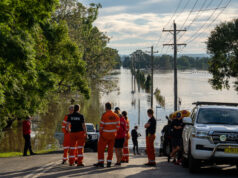New Zealand spent around NZ$15 billion to rebuild from the Christchurch earthquake of 2011, and the early indications are that the financial cost of rebuilding after Cyclone Gabrielle in February may ultimately go close to that figure.
The cyclone hit the North Island in mid-February, causing 11 deaths and making thousands homeless and destroying public and commercial infrastructure.
It was only the third time in NZ history that a national emergency has been declared, the other occasions being the period around the Christchurch earthquake.
“It’s going to be the biggest weather event this century, with a billion dollar price tag,” said Finance Minister Grant Robertson.
“We have a long journey ahead of us to rebuild after this disaster, but we have the resources to do it, and we have the will to do it.”
The damage bill in the immediate aftermath of the cyclone is still unclear, and losses of entire harvests and livestock herds are still being assessed by insurers.
Prime Minister Chris Hipkins has announced an additional NZ$250 million package to fix damaged roads and an initial NZ$50 million in relief for businesses.
One of NZ’s key industries, apple and pear orchards, were severely disrupted.
The industry is valued at NZ$1 billion and the issues are likely to have an economic flow through to NZ’s inflation, which is already close to a 30 year high of 7.2%.
In rebuilding, Grant Robertson said a key driver of decision making would be resilience to the impacts of climate change, saying that the current approach “has not been sufficiently robust.”
In the online publication The Conversation, University of Newcastle Associate Professor Iftekhar Ahmed noted similarities between the experience in the recent Australian floods in Northern NSW and Queensland, and in NZ.
Like Queensland and NSW, Auckland’s population has been growing rapidly, “resulting in the increasing development of the built environment,” Professor Ahmed said.
“Intensifying urban development places pressure on existing drainage systems – parts of which are no longer fit for purpose,” he said.
“Extensive build up and paved areas with hard, impermeable surfaces can also cause rapid run-off during heavy rain, with the water unable to be absorbed into the ground as it would be in soft, vegetated areas.”
Professor Ahmed said a key lesson for both countries was to think beyond emergency management and build long term resilience with agencies and communities.
“Both countries also need to focus on being ready for a disaster, instead of managing it after it happens,” he said.
“In doing so, the pressures of managing the disaster when it arrives would be less, and so would the long term impacts on people and the economy.”
Unfortunately, these disasters, whether caused by climate change or not, represent an opportunity for countries worldwide to learn from each other. Australia’s devastating floods and bushfires have caused similar social, economic and infrastructure issues. This is where the IPWEA family can work with its global connections to support New Zealand whilst also recognising that much can be learnt in the wake of Cyclone Gabrielle.














